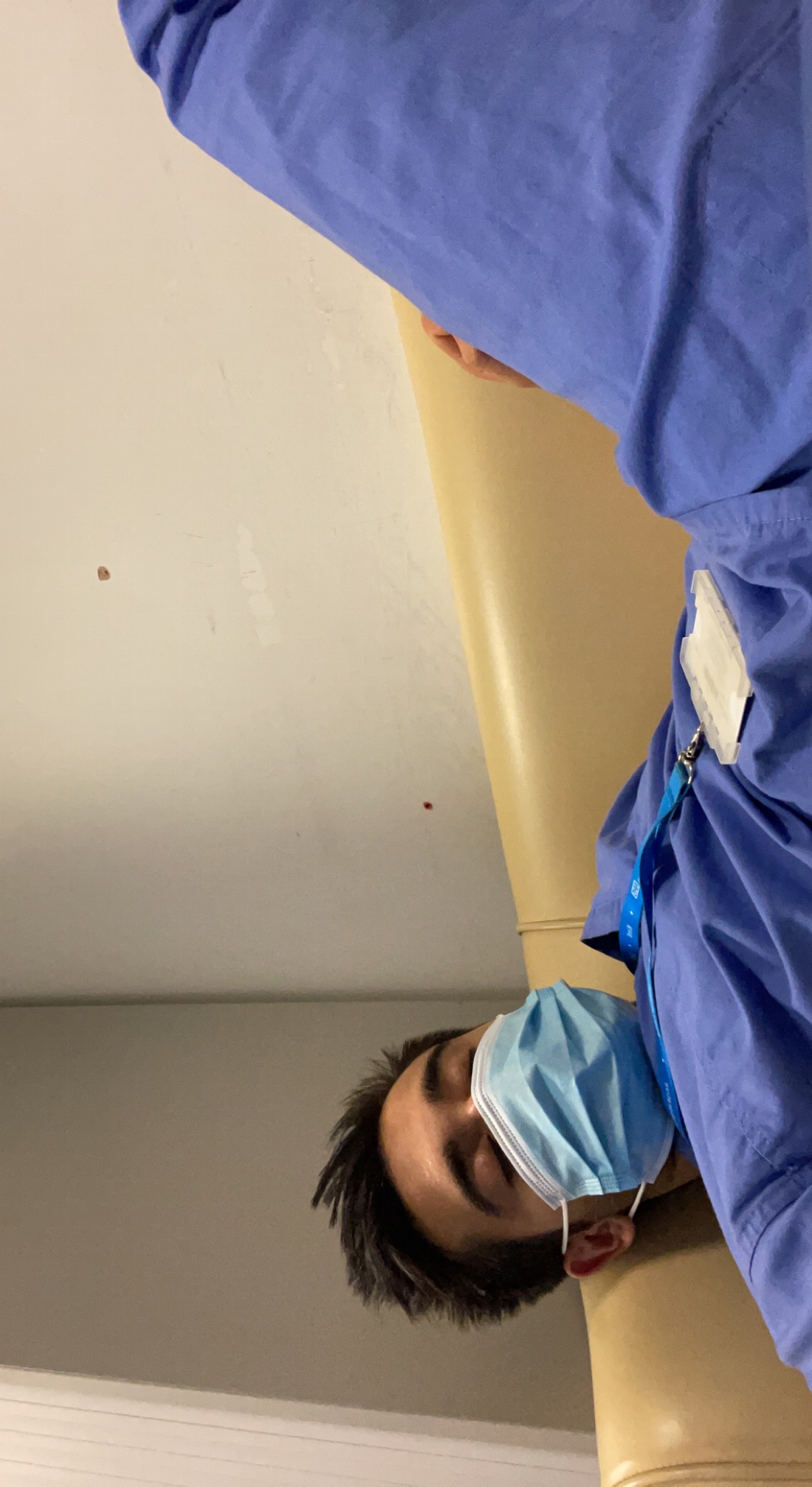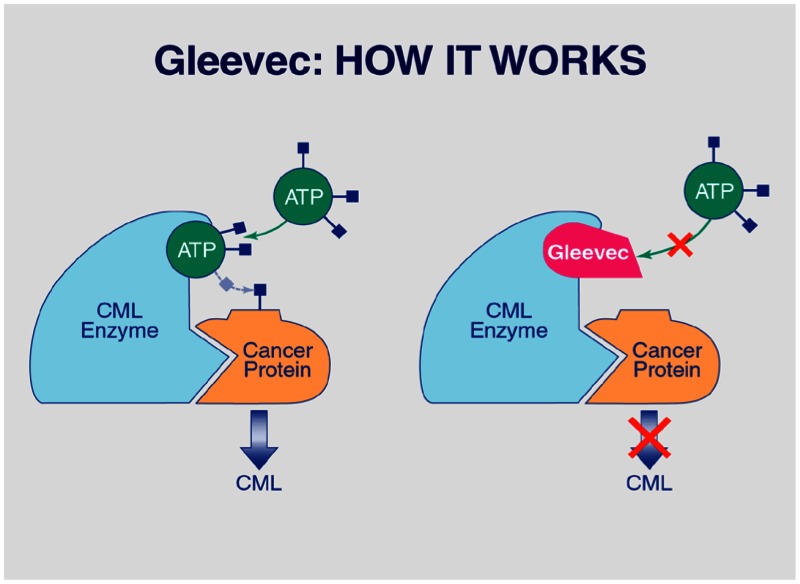Taking care of yourself – don’t be a hero
Dear Friend,
A quick thank you to all of you who have bought my book. It’s lovely reading the reviews on Amazon. If you have bought, it would be great if you could leave a review – I love reading feedback.
Where is the time going? It seems like September had just started and now it’s almost drawing to an end. In a few weeks, the clocks will change and before you know it, it will start getting dark at 4pm. That means going to work and coming back in the dark. Time to start stocking up on the Vitamin D tablets.
After the past 5 weeks where I seem to have been working non-stop, this weekend I am away on a stag-do out of all things. Just the feeling of getting away and leaving my laptop at home will give me a sense of freedom that I seem to have missed in the past few weeks.
As the days draw shorter and the NHS gets busier coming into the autumn and winter, I wanted to highlight the importance of taking care of yourself. Being doctors (now or future), I feel you either become one of two things – a hypochondriac diagnosing yourself with every disease, or ignoring all the symptoms thinking you are invincible. Whilst both are not going, the second cna be very dangerous. This week I wanted to highlight some personal stories which emphasise the important of checking up on yorurself, and if you do notice any – going to a doctor! That’s right.
Else you’ll end up burnt out or unwell – this photo is from my recent set of night shifts. Better to avoid getting ill that go through it.

Doctors fall ill too
A few years ago, whilst working as an FY1, my friend (also an FY1) told me she was going to see her doctor as she had a persistent itch. She had been putting it off for the past 3 months, but felt it was getting worse. No other symptoms apart from this. She eventually went to the GP who did some routine bloods (which were fairly unremarkable), but on examination there was suspicion of the little lump. She was subequently referred for an US and CT scan. A few weeks later, the CT gave the devastating news that there were multiple nodes and she was diagnosed with Hodgkin’s lymphoma.
2 years down the line, after multiple rounds of chemotherapy, I am glad to say my friend is in remission and back to work. But she is not the only one. Another one of my friends had a deterioration in their mental health and had to take 4 months off – which led to them extending their training programme.
Feeling guilty to take time off
Working in the NHS myself, in departments which always seem to be at “minimum staffing levels” even I often make the mistake of not seeing the doctor. Either I try to self-diagnose myself, or I feel that taking a morning off to see the GP won’t be good as I’ll miss ward round. Or I try and arrange it for my zero days (which are supposed to be for rest).
Apart from the guilt that you feel, another reason why doctors seem not to take care of themself is the general attitude from seniors that this is just the way it is, and that they had it even harder in the past. When I recently told my seniors that the workload seems to be too excessive (to the point where it feels unsafe), I was rewarded with the response that a few years ago, you had to cover even more wards – and if that is possible, this should be easier.
This is now my 4th year working as a doctor, and what I have learnt is that being a hero is just not worth it. I still meet several doctors who boast that they never taken a day off. Whether this is admirable, or stupid, I will leave up to you to decide. I just have seen enough doctors coming down with serious illnesses from trying to push on through that I am more cautious now.
Summary
I guess my take home message this week is that we are coming into the busier time of the year. There will be even more pressure to deliver, whether you are a student or a junior doctor. Just remember to also take care of yourself. The last thing you want to become is a patient yourself.
Drug of the week
Imatinib
Imatinib is a small molecule inhibitor targeting multiple tyrosine kinases such as CSF1R, ABL, c-KIT, FLT3, and PDGFR-β.
Specifically, it is used for chronic myelogenous leukemia (CML) and acute lymphocytic leukemia (ALL) that are Philadelphia chromosome–positive.
Imatinib is considered to be a very effective treatment for CML, and has been shown to improve outcomes for people with this type of leukemia
The only known contraindication to imatinib is hypersensitivity to imatinib. Other cautions include hepatic impairment, risk of severe CHF or left ventricular dysfunction, especially in patients with comorbidities, pregnancy (risk of embryo-fetal toxicity), fluid retention and risk of growth stunting in children or adolescents.

A Brain Teaser
An 88-year-old woman is brought to the emergency department by ambulance after falling in her home and hitting her head a couple of days ago. She felt fine initially after the fall, however today she has a headache, nausea, and is visibly confused. She has a past medical history of hypertension, type 2 diabetes, liver cirrhosis secondary to previous alcohol excess, and is an ex-smoker. The ambulance crew note she has been dropping in and out of consciousness. She had a GCS of 15 when they first arrived at her home.
What is the most likely diagnosis?
A: Delirium
B: Extradural haematoma
C: Intracerebral haematoma
D: Subarachnoid haemorrhage
E: Subdural haematoma
Answers
The answer is E – subdural haematoma
Subdural haematoma is correct. The patient has a typical history of slow onset symptoms with fluctuating consciousness and confusion. She also has risk factors of old age and previous alcoholism to make this diagnosis most likely.
Delirium is incorrect. Although delirium is a key differential to consider, fluctuating confusion/consciousness following head trauma puts subdural haematoma as the most likely diagnosis.
Extradural haematoma is incorrect. It is less likely given the mechanism of trauma and subacute onset of symptoms. The question does not state whether there was a noted lucid interval after the fall, just that she currently has fluctuating consciousness and GCS has dropped since the ambulance crew met the patient.
Intracerebral haematoma is incorrect. Although this patient has hypertension which is a risk factor for intracerebral haematoma, the history is more suggestive of a subdural haematoma given the fluctuating consciousness/confusion.
Subarachnoid haemorrhage is incorrect. The typical presentation for a subarachnoid haemorrhage is sudden onset occipital headache, which doesn’t quite fit with this patient’s presentation.




